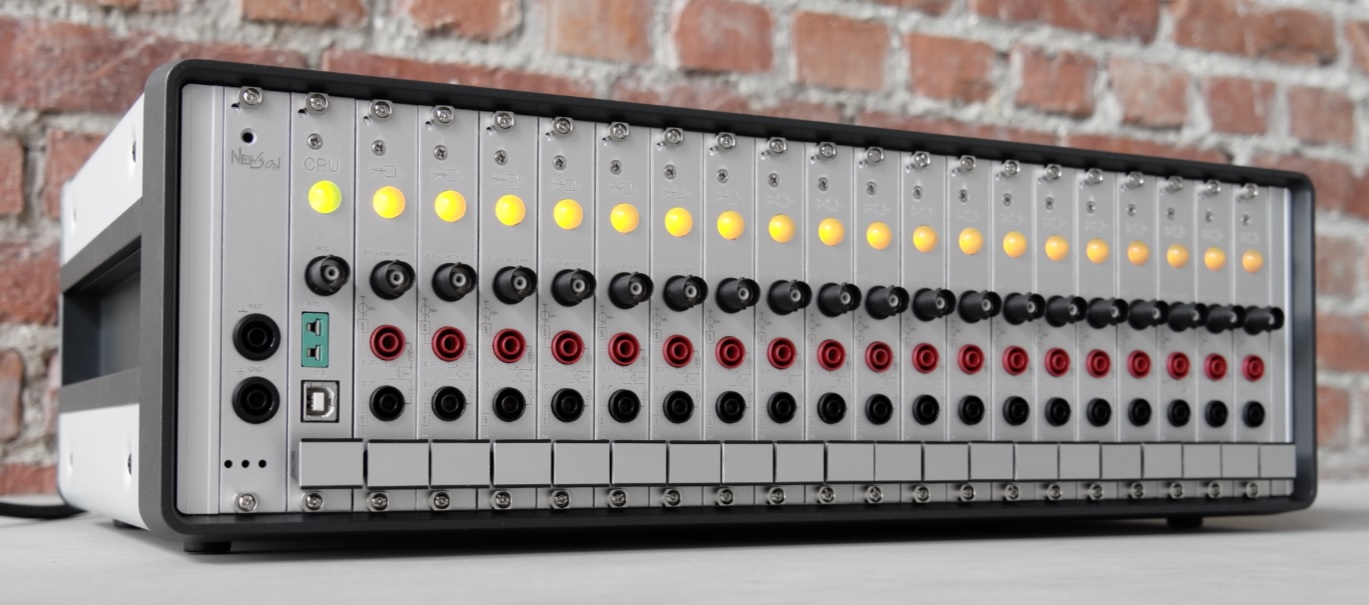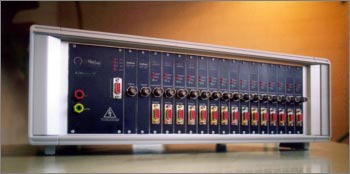Contact Measurement
Test disturbances on relays and switches
CONtester™ unit
CONtester™ is a measuring unit to test the quality of contacts, relays and switches, e.g. for the automotive industry
The components to be tested are put under mechanical or thermal stress and their resistor values are monitored and logged. The current, second-generation version of CONtester™ features the latest state-of-the-art electronic components, and allows for 19 measurement locations. Measuring currents are adjustable; the threshold resistance for considering an interruption as such is user-defined.

Product Highlights
CONtester™ is an easy-to-use logging device
- Measuring contact disturbances starting at 100 ns
- Threshold resistance in the range of 1 - 600 Ohm
- Communication with the PC over a galvanically isolated USB connection
- All disturbance measurements are made simultaneously and logged
- Extensive software features
- "Hot plug" feature - it is possible to plug any measuring module in or out without disturbing the other measurements
- Connection for K-element and accelerometer for logging temperature and acceleration
CONtester™ 1G
The first generation of the CONtester™ family was launched in 1998.

Software
CONtester™ software consists of two parts - the controller software CONtester.exe, and the analysis software Viewer.exe. It is multilingual, available in English, German and Dutch.
CONtester.exe allows to :
- control the measuring hardware through a user-friendly GUI
- create disturbance measurement tests, including grouping of measurement cards, setting test parameters and defining logging stop conditions
- supervise running tests - this is possible both in software and in hardware, using led indicators and an event viewer;
- personalize log files.
Data flows are stored per group in separate log files.
They contain disturbances, resistance, temperature and frequency.
Simultaneous measurements and logging of different tests is possible.
Viewer.exe allows to:
- create test reports and view them for analysis
- create simple and understandable graphics of a contact's behaviour in the frequency or temperature domain
- personalize the graphics
- export data to MS Office applications (Excel, Word)